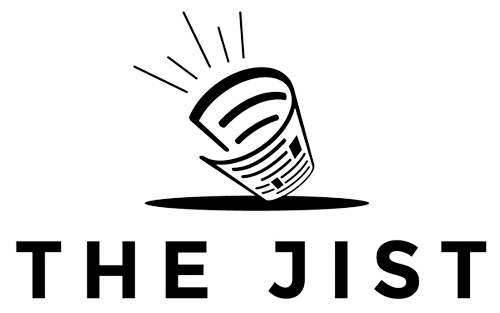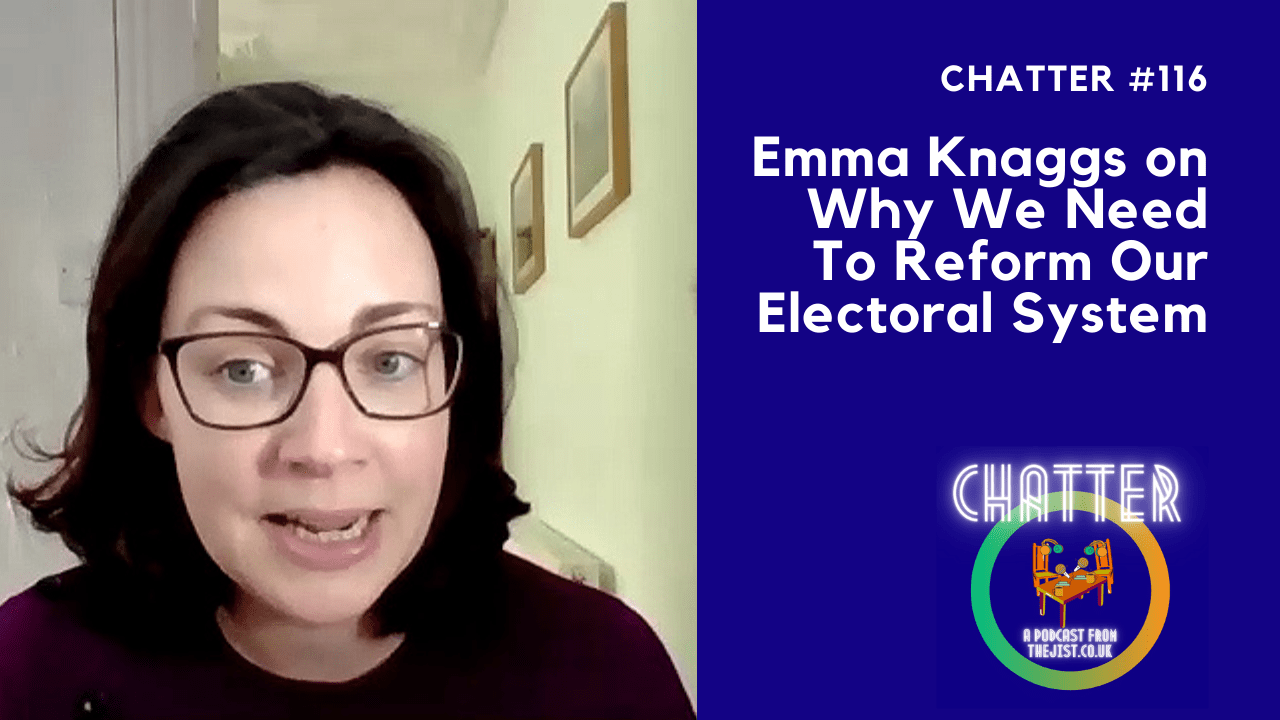The ‘One Month Day’ is a catchy title. But what on earth does it mean? The ‘One Month Day’ is an idea I came across in a video by Rian Doris, which opens,
“Imagine completing a month’s worth of work before dinner.”
Sounds too good to be true. But I was intrigued. As I watched I came to understand that there are some mathematics involved here.
Rían cite’s research indicating that the average knowledge worker only works for 2.3 hours per day, 46 hours per month. High-performing executives have also been shown to be able to increase their productivity by tapping into something called the flow state.
Rían is the Co-Founder & CEO of Flow Research Collective, a peak-performance research and training institute focused on the neuroscience of flow states. He’s worked with the likes of Accenture, Audi, Facebook, Bain & the US Airforce; so we can assume he knows what he is talking about here.
What is Flow State?
Flow state, characterized by intense focus and immersion in an activity, can lead to remarkable increases in productivity. It’s also referred to as being “in the zone,” it’s a state of optimal experience where an individual becomes fully immersed in an activity, feeling energized, focused, and fully involved in the present moment.
When in flow, people often experience a sense of effortless concentration and deep enjoyment in what they’re doing. Time seems to pass quickly, and they may lose track of their surroundings. So how do we leverage this flow state into a ‘One Month Day’?
The ‘One Month Day’ productivity technique hinges on isolating a specific goal that would typically take a month to accomplish. Say, finishing writing a book, completing a video editing project, or even your University thesis. By identifying this target, you can focus your efforts and leverage the neurochemistry of flow to achieve extraordinary results within a condensed timeframe.
Preparing for the One Month Day
Achieving peak performance during a ‘One Month Day’ requires meticulous preparation. First, you’ll want to ensure you clear your allostatic load to lay the foundations for this mammoth task.
Allostatic load is the cumulative physiological wear and tear on the body caused by chronic stress. In order to clear this from your system you need to engage in active recovery by taking a walk in nature, having a cold shower or cold plunge, eating well, and ensuring you get quality sleep. You could also try yoga, exercise, or meditation.
The ‘One Month Day’ also requires you to prepare a distraction-free environment to prevent any hurdles to entering your flow state. That means you’ll need to eliminate phone access, go dark on communication channels, block digital distractions, and employ strategies to prevent self-distraction. By creating a focused workspace, you’ll be able to immerse yourself fully in the task at hand. DO NOT check your phone at any point during the day until you are finished. You can set up your phone to ring for certain people in an emergency if you need to be able to be contacted.
On The Day
When you wake up on your ‘One Month Day’ start by immediately engaging in your top task, capitalizing on the brain’s transition from sleep to flow-friendly states. When you are sleeping, your brain is in a state fairly similar to flow, so, by diving into work within minutes of waking, individuals can harness that to catapult them into a productive day.
The ‘One Month Day’ is structured around alternating periods of intense focus and relaxation, akin to the regimen of an Olympic athlete. By strategically incorporating recovery breaks, individuals can achieve peak productivity throughout the day. Also make sure you change locations at least once per day – do not sit in the same room during flow blocks all day.
Lastly, if you need to take a break during one of your flow blocks, do not do anything that will draw you in. Literally sit in silence if you have to for a few minutes – you’ll be amazed how much more refreshed you feel than staring at your phone and doom scrolling for 5 minutes.
Here’s an example schedule.
5am-8am – Flow Block #1
8am-9am – Recovery (Meditation, Yoga, Cold Shower) – Try not to eat in during this break as eating can reduce energy and impact your flow state, coffee or green tea are ideal.
9am-12pm – Flow Block #2
12pm-1pm – Recovery (Nap, Walk, Stretch) and Lunch – Eat something light but energising! You’ve already pumped out 6 hours of work but you need to avoid lunch-brain.
1pm-3pm – Flow Block #3
3pm-5pm – Long Active Recovery (Gym, Bath, Sauna and Ice Plunge) – Prepare for the final blast
5pm-8pm – Flow Block #4
8pm – You’re done! 11 hours of work completed before dinner.
Achieving the Flow Afterglow
By navigating through thise intense periods of focused work interspersed with deep recovery breaks, you can experience the rewarding sensation of the flow ‘afterglow’. This state of accomplishment, fueled by neurochemical shifts in the brain, boosts self-confidence, reduces stress, and amplifies the conviction in one’s ability to achieve ambitious goals. So why don’t you give the ‘One Month Day’ a try? I certainly will.




